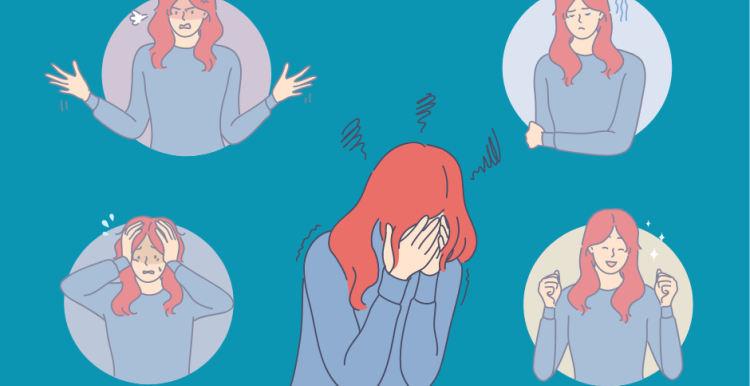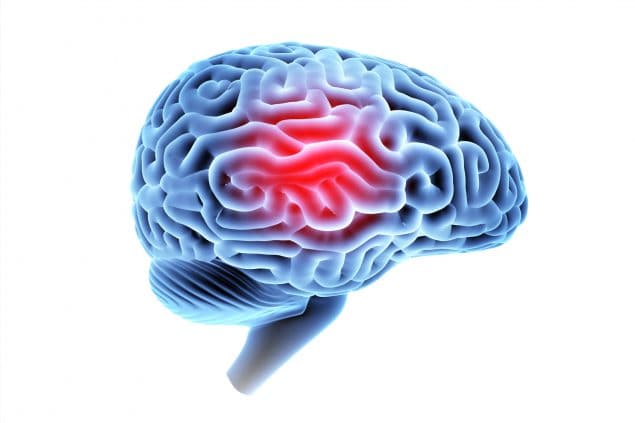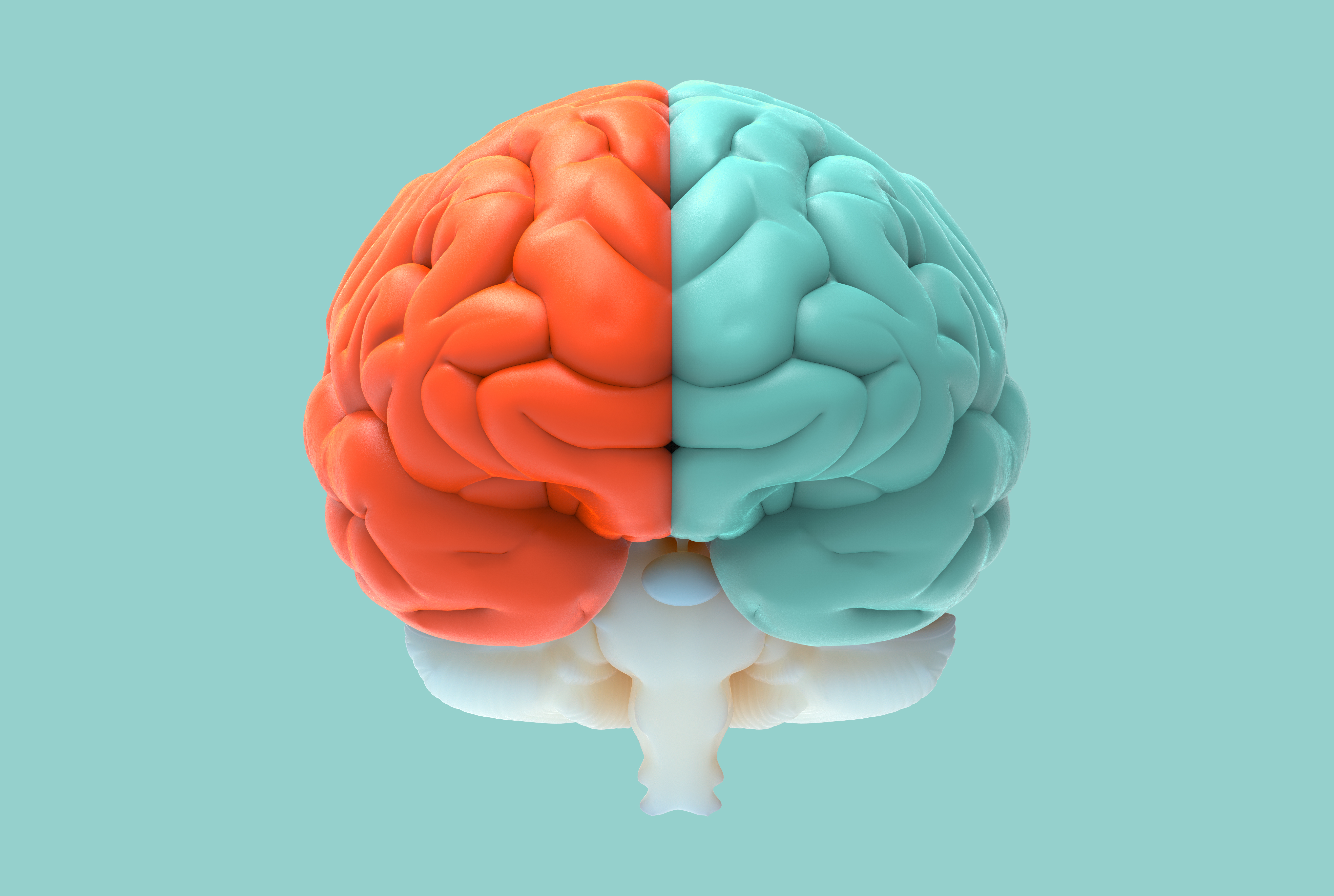( 250406 Classical Argument)
Name
Institution Affiliation
Course
Instructor
Classical Argument
Introduction
Nurses’ commitment is addressing other people’s complex healthcare needs with competence and compassion. Nursing is perceived as a calling yet a very demanding and pressuring profession. Nurses experience mental, emotional, physical, and ethical challenges during nursing practice that impact their health and well-being. Depending on the setting and work environment, nurses risk infections, physical and verbal attacks, conflict, and other issues that elevate work-related stress, impacting their health and well-being. Poor nurses’ health and well-being also increase the potential of medical errors and other human errors that compromise patient care quality and safety. Additionally, nurses continue to cope with overwhelming workloads, inadequate resources and PPEs, stigma, and increasing health demands of various patient populations, especially the aging population, which adds to the stresses and demands at the workplace that jeopardize their health and well-being. Addressing nurses’ health and well-being is imperative to increasing job satisfaction and improving the quality and safety of patient care. Since work-related factors can negatively impact nurse health, nurse leaders should take steps to improve the working environment, encourage nurses to adopt self-care strategies, and provide education sessions to improve the well-being of their team members. ( 250406 Classical Argument)
Background
Nurse health and well-being, or lack thereof, significantly impacts nurses, patients, healthcare institutions, and society because nurses struggle to care for others if they cannot care for themselves. Nurse health and well-being are associated with the well-being of patients and are accounted as physical and mental health, job satisfaction, and job engagement. It affects patients and their views on the care quality received and the healthcare system regarding turnover rates and hiring and training costs. Over one million nurses are expected to retire by 2030, which would add to the shortage of nurses in the healthcare system (Flaubert et al., 2021). Retaining nurses and supporting new entries is fundamental to the healthcare workforce’s development, growth, and sustainability. Lack of or poor nurse health and well-being is associated with high turnover rates, increasing the cost of hiring and training new nurses. The National Health Care Retention and RN Staffing Report provide that the healthcare system spends an average of $44,000 on replacing an RN. For hospitals, the turnover cost is about $3.6-6.1 million annually (Flaubert et al., 2021). With these effects on patients and the healthcare system, promoting and facilitating nurse health and well-being is critical to ensure a healthy workforce, patient health and safety, a functioning healthcare system, and the financial health of healthcare institutions.( 250406 Classical Argument)
Work-Related Factors Impact Nurse Health and Well-being
Nurse health and well-being is multifaceted and includes physical health, occupational safety and health, and mental and behavioral health. Work-related factors are attributed to poor or a lack of nurses’ health and well-being, including nurse burnout which is prevalent and has significant effects on patients, healthcare teams, and health organizations. Rates of burnout among nurses in the United States are between 35 and 45 percent (Flaubert et al., 2021). Burnout is associated with emotional exhaustion, a low sense of individual accomplishment, and depersonalization, leading to poor patient outcomes, increased healthcare costs, clinician illness, suicidal thoughts and actions, and high turnover rates. Nurse burnout is attributed to heavy workloads, working overtime, staff shortages, skill-job mismatch, inadequate training, and heavy documentation.
Poor nurse health and well-being lead to compassion fatigue, a nurse’s diminished capacity to offer care at the highest level, attributed to extended exposure to ill people and patients’ traumatic experiences. Factors such as prolonged stress, inadequate support, heavy workloads, many hours per shift, and conflict lead to compassion fatigue, which indicates a lack of nurse well-being (Babapour et al., 2022). Individual factors leading to compassion fatigue include previous exposure to trauma, lack of awareness regarding compassion fatigue, lack of self-care, and diminished ability to set professional boundaries. Furthermore, poor nurse health and well-being, as indicated by compassion fatigue, increase suicidal thoughts and actions. According to Flaubert et al. (2021), nurses reported higher suicide rates than the general population, and little has been done to address the high suicide rates among nurses.
Poor nurse health and well-being include increased use of substances and alcohol to cope with work-related or occupational stress. Nurses report similar rates of substance use disorders as the general population, with about 10 percent reporting SUD (Flaubert et al., 2021). Nurses are also exposed to health problems related to SUD, including trauma and abuse history, substance use at an early age, genetic predisposition, and comorbid mental health disorders, but the risk of use increases due to easy access to controlled substances. High SUD rates among nurses are also linked to workplace stress and lack of education and adequate support (Flaubert et al., 2021). Nurses reporting poor health and well-being report poor physical health, including high overweight and obesity rates related to poor nutrition, lack of adequate sleep, and sedentary lifestyles or limited physical activities. Additionally, the healthcare environment presents ethical challenges that impact nurses’ moral well-being. Moral distress impacts nurse integrity, making responding to moral or ethical uncertainty, ethical dilemmas, and other moral concerns difficult. Moral suffering is a component of poor nurse health and well-being (Flaubert et al., 2021). Moreover, the constant interaction between nurses and patients, families, communities, administrators, and colleagues is necessary, but it can also cause stress that considerably impacts nurse well-being. Negative social interactions, including conflicts, discrimination, bullying, incivility, and racism, are to blame for nurses’ social health and well-being. ( 250406 Classical Argument)

Nurse Health and Well-being Impact Patient Outcomes
Nurse health and well-being do not affect nurses only but also patients and the overall healthcare delivery. Nurse health and well-being include burnout, compassion fatigue, and poor social, mental, behavioral, physical, and moral health, which are directly linked to patient care quality and safety. Improving nurse health and well-being directly translates to improved patient outcomes, indicating why it is critical to address factors influencing nurse health and well-being (The University of Rhode Island, 2021). Nurse well-being impacts patient experience and the patient’s perception of the care nurses provide. Burned out nurses or those experiencing compassion fatigue, for instance, struggle to provide patients emotional support and show empathy and respect. Moreover, overworked nurses report poor health and well-being, including physical health conditions like obesity and mental health issues like anxiety, depression, and PTSD.
Because nurses spend the most time with patients, poor health compromises patient care. According to The University of Rhode Island (2021), there is a direct relationship between nurse burnout and patient care quality. Aspects of nurse well-being, including burnout and compassion fatigue, trigger exhaustion and cynicism, leading to nurses distancing themselves from patient needs, compromising patient care quality and safety, and leaving patients dissatisfied with their care, leading to more complaints from individuals and their families (The University of Rhode Island, 2021). Patient safety is compromised by poor nurse health and well-being due to breaks out in communication and nursing and interprofessional teamwork, which increase the potential of medical errors that impact patient care. Conclusively, nursing health and well-being are directly associated with healthcare delivery and patient care quality and safety, increasing the need to enhance nurse health and well-being. ( 250406 Classical Argument)
Self-care Strategies, Provider Education, and Addressing Work-related Factors to Improve Nurse Health and Well-being
Addressing workplace factors affecting nurse health and well-being, adopting self-care strategies, and provider education are interventions that can help improve nurse health and well-being. Solving work-related stress, burnout, compassion fatigue, workplace conflict, job engagement, workload issues, and working overtime can help improve the work environment, which is associated with improved nurse health and well-being (Hofmeyer et al., 2020). Nurse leaders should establish healthy working environments to enhance job experience and satisfaction.
Self-care is an intentional effort to cater to one’s mental, physical, and spiritual well-being. To care for others, nurses should first care for themselves because compassion fatigue, workplace stress, and burnout are associated with poor health-promoting self-care. Self-care is considered a self-management tool for nurses to reduce the stress from working in the healthcare environment. Lack of self-care is linked with burnout, poor physical and mental health, depression, weight gain or extreme weight loss, unhealthy eating patterns, demoralization, back injury, and reduced job satisfaction (Williams et al., 2022). More attention is needed to enhance self-care in nurses because self-care helps minimize stress, replenish nurses’ compassion capacity and ability to care for others and improve the quality of care. Self-care serves as a stress management tool, helping nurses reduce work-related stress. Conclusively, adopting self-care practices like mindfulness, self-compassion, and emotional regulation can help nurses reduce stress and attend to their physical, mental, emotional, and spiritual needs (Hofmeyer et al., 2020).
Poor health-promoting self-care is associated with burnout and compassion fatigue, leading to poor patient outcomes and the risk of medical errors. Nursing care relies on empathy and compassion; the more burned out or stressed a nurse is, the more their capacity to offer kindness and compassion suffers (Monroe et al., 2021). Self-care replenishes nurses’ compassion capacity and ability to care for others. Nurses must practice self-compassion and understand their needs before helping others. Nurses should also learn to talk kindly to themselves because kind self-talk is linked to increased compassion capacity and pro-social behaviors like kindness, empathy, and altruism, helping them communicate better with colleagues, patients, and their families (Hofmeyer et al., 2020). In addition, acting with kindness and compassion helps reduce patient suffering and distress.
Empowering education on strategies to improve nurse health and well-being is needed in the working environment. There is a lack of awareness regarding factors affecting nurse health and well-being, including burnout, stress, and compassion fatigue, which limits efforts to address these issues (Chaghari et al., 2017). For instance, nurses may not be aware if they are burnout, stressed, or lack compassion fatigue due to a lack of understanding. Provider education would help nurses understand their characteristics, how to identify these feelings, and how to approach them, including strategies to address burnout, compassion fatigue, and stress to improve their overall wellbeing. ( 250406 Classical Argument)
Opposition and Refutation
An opposing argument is that nursing is a calling and nurses should put the needs and interests of patients first before theirs. Nurses should seek to enhance patient experience and promote quality and safety of care in all encounters. This argument is true because the focus is always to promote patient-centered and holistic care. However, this argument would be unrealistic if nurses forget to care for themselves before caring for others. The Code of Ethics recognizes self-care as a nurse’s responsibility because when nurses are not caring for themselves, they cannot care for their patients (Purdue University Global, 2021). In addition, the American Nurses Association Code of Ethics posits that nurses should extend to themselves the moral respect they extend to others, and nurses owe themselves the same duty they owe to other individuals (Purdue University Global, 2021). Based on these provisions, nurses should care for themselves first before caring for others and promote their health and well-being before that of patients because poor nurse health and well-being are associated with poor patient outcomes. ( 250406 Classical Argument)
Conclusion
Nursing is a demanding profession, and the work environment is pressuring and stressful, impacting nurse health and well-being. Work-related factors, including occupational stress, burnout, compassion fatigue, workplace conflict, heavy workloads, and working overtime, contribute to unhealthy nurse behavior, including poor-health promoting self-care behavior. Promoting a healthy work environment is the foundation of ensuring a healthy workforce. Self-care strategies and providing education are interventions that help improve nurse health and well-being. Nurses should always care for themselves before caring for others. ( 250406 Classical Argument)
References
Babapour, A. R., Gahassab-Mozaffari, N., & Fathnezhad-Kazemi, A. (2022). Nurses’ job stress and its impact on quality of life and caring behaviors: A cross-sectional study. BMC nursing, 21(1), 1-10.
Chaghari, M., Saffari, M., Ebadi, A., & Ameryoun, A. (2017). Empowering Education: A New Model for In-service Training of Nursing Staff. Journal of advances in medical education & professionalism, 5(1), 26–32.
Flaubert, J. L., Le Menestrel, S., Williams, D. R., & Wakefield, M. K. (2021). The future of nursing 2020-2030: Charting a path to achieve health equity.
Hofmeyer, A., Taylor, R., & Kennedy, K. (2020). Knowledge for nurses to better care for themselves so they can better care for others during the Covid-19 pandemic and beyond. Nurse education today, 94, 104503. https://doi.org/10.1016/j.nedt.2020.104503
Monroe, C., Loresto, F., Horton-Deutsch, S., Kleiner, C., Eron, K., Varney, R., & Grimm, S. (2021). The value of intentional self-care practices: The effects of mindfulness on improving job satisfaction, teamwork, and workplace environments. Archives of psychiatric nursing, 35(2), 189–194. https://doi.org/10.1016/j.apnu.2020.10.003
Purdue University Global. (2021, April 28). The importance of self-care for nurses and how to put a plan in place. https://www.purdueglobal.edu/nursing/self-care-for-nurses/
The University of Rhode Island. (2021, July 19). The Importance of Nurse Well-Being. https://online.uri.edu/articles/importance-of-nurse-well-being.aspx
Williams, S. G., Fruh, S., Barinas, J. L., & Graves, R. J. (2022). Self-Care in Nurses. Journal of radiology nursing, 41(1), 22–27. https://doi.org/10.1016/j.jradnu.2021.11.001
Do you need a similar assignment done for you from scratch? Order now!
Use Discount Code "Newclient" for a 15% Discount!













